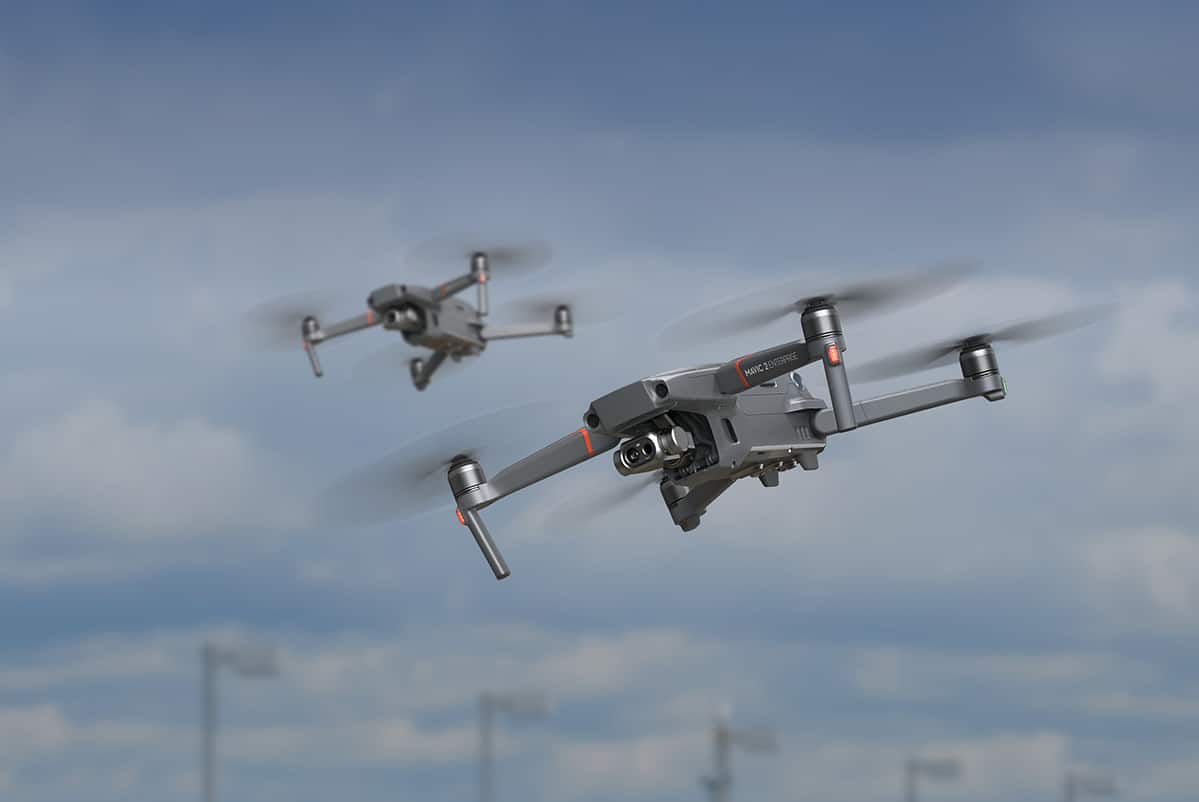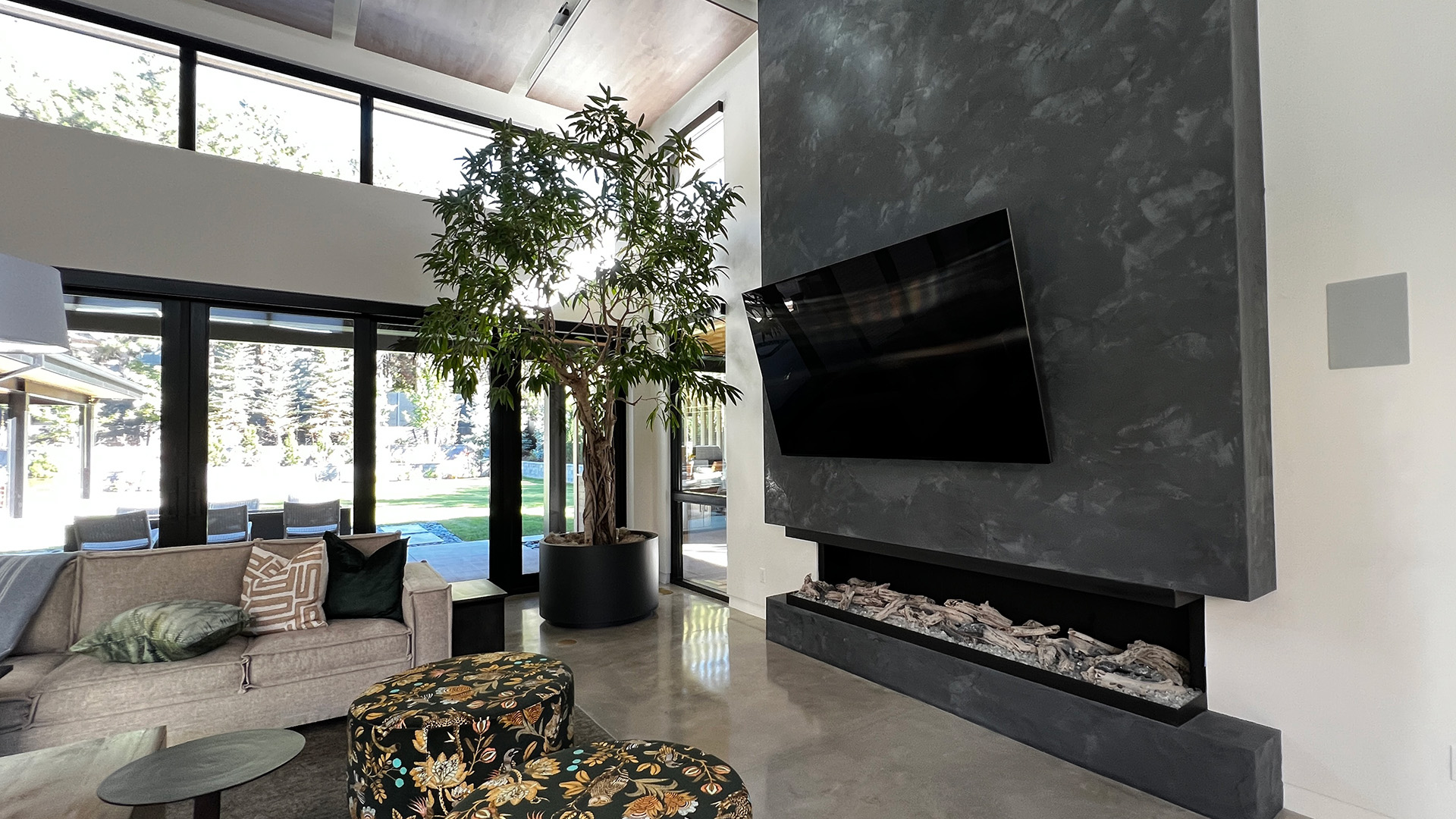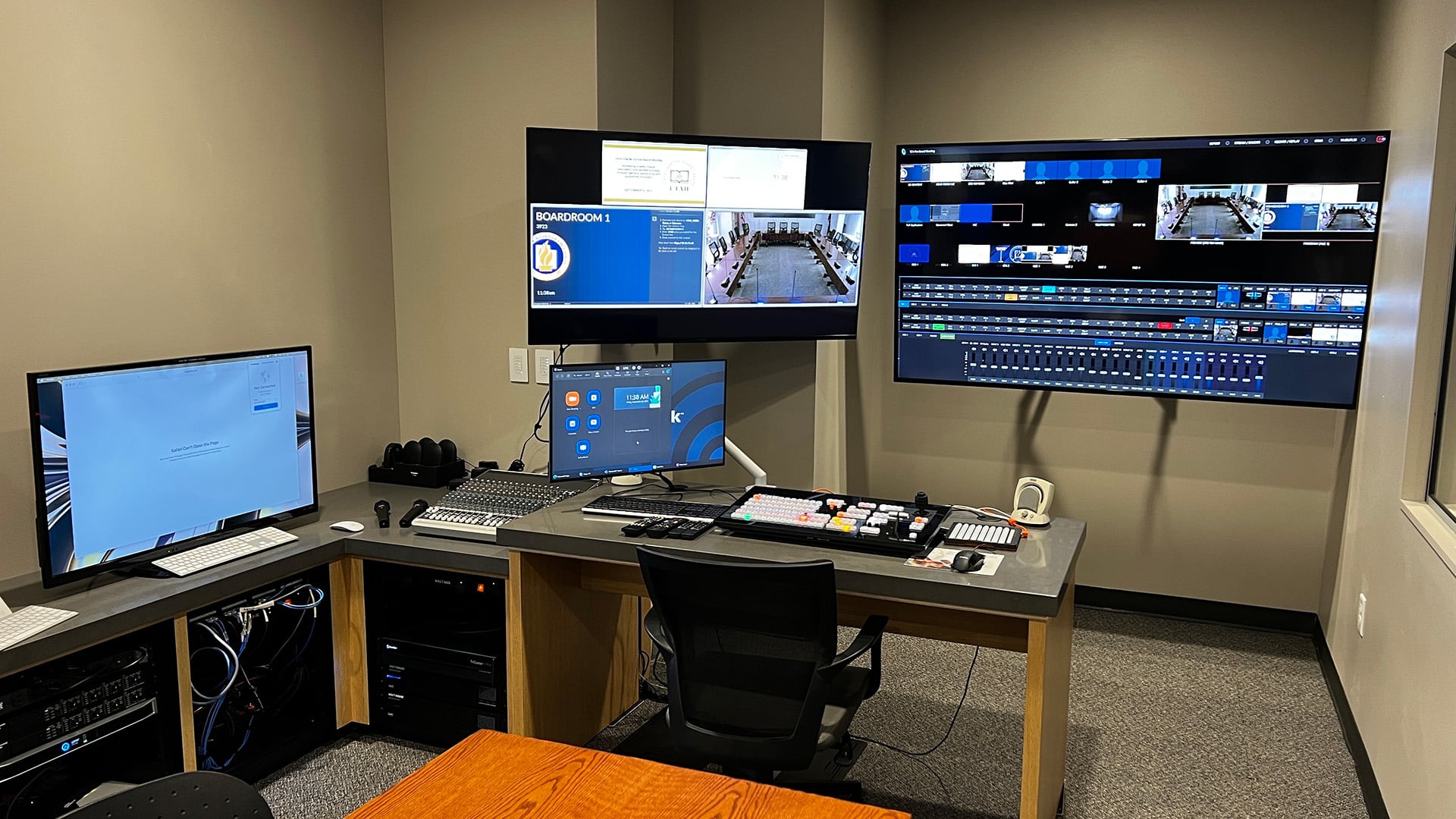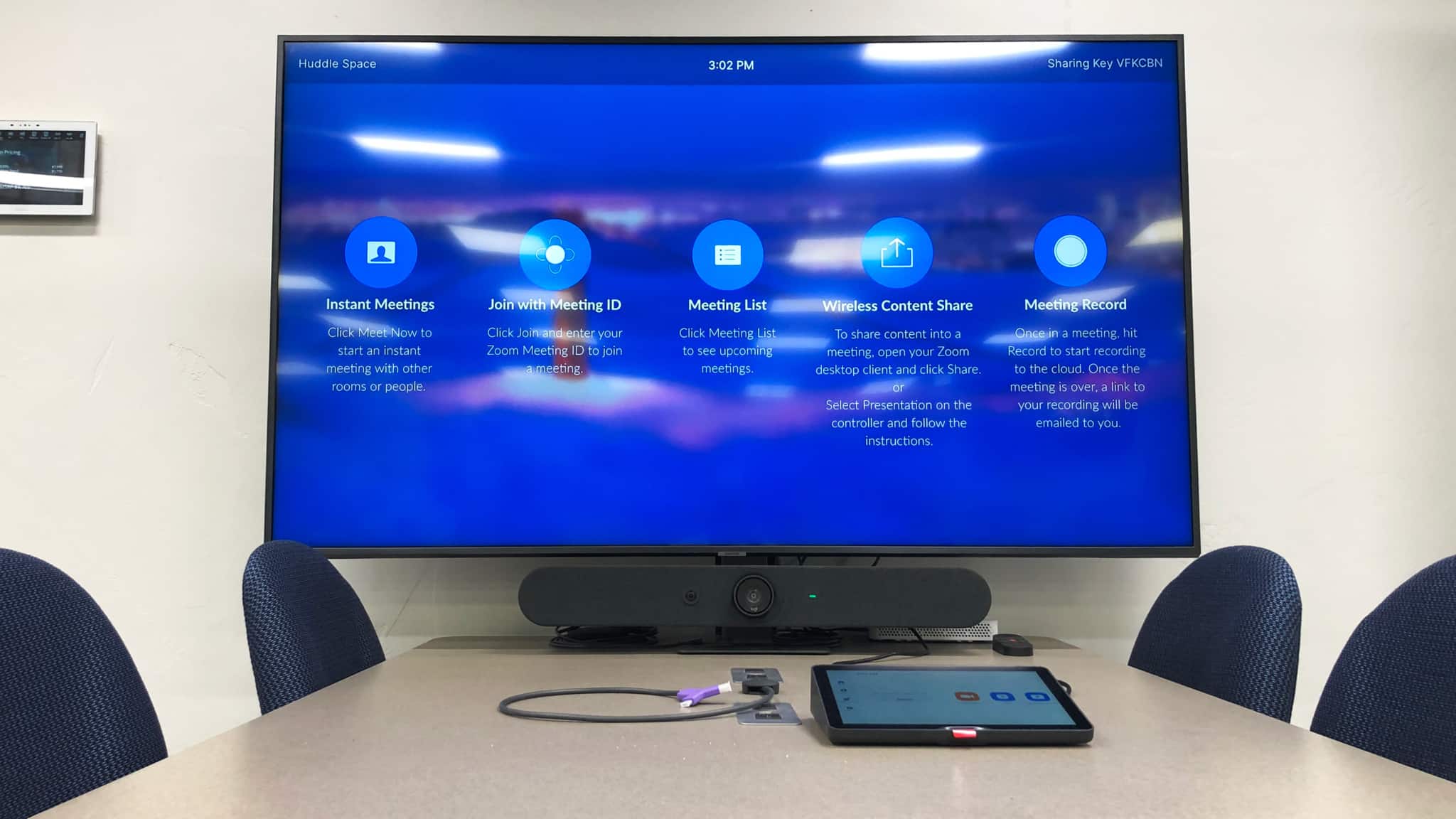Drone Use in Government Agencies
Over the past few years more industries and local and federal government agencies are discovering and finding new ways to use drones – and not just for pretty aerial imagery. DJI has shown many industries using their drones in action including public safety, construction, and energy – in addition to government.
With DJI’s thermal technology we’ve seen how drones can help particularly in fighting fires. In one of DJI’s latest updates 4 Ways Drones Fight Forest Fires, it goes into quite a bit of detail as to how drones have helped California with their fires. In addition, it suggests 4 main benefits of using drones for fires – although the benefits can span across many more industries than just fire fighting.
The four main benefits DJI suggests are:
- Drones Gather Situational Awareness in a Short Time
- Drones Protect Personnel
- Drones Enable Fast Mapping for Incident Response as Well as for Post-Incident Recovery
- Drones Give you Accurate Intelligence for Informed Decision Making
Utah Department of Natural Resources Drone Uses
We’ve seen some of these benefits right here in Utah by our own Department of Natural Resources. For example, in the summer of 2018, a fire called ‘Trail Mountain Fire’ ignited several coal waste sites. Because the fire ignited coal refuse sites the Division of Oil, Gas and Mining were sent in to ensure the safety of the public by monitoring and mapping he still burning coal refuse site. They were able to map and document the refuse piles; hot spots were mapped and measured using a drone with thermal camera. By using drones they were able to gather situational awareness, protect personnel, enable mapping, and gather intelligence for informed decisions.
In addition to help control the ignition and/or continuing burning of coal refuse sites, their Abandoned Mine Program works to protect the public from the dangers of unregulated past mining practices – including demolishing and sealing the portals, removing the coal mine’s footprint, and re-contouring the sites to match the surrounding landscape.
Two examples of this reclamation-type project include the reclamation of Horizon Coal Mine, which also began in summer of 2018, and the Chief One Subsidence Project to fill a mine shaft that had opened up a 100 foot x 60 foot hole on private property in Eureka.
In the video below, we are shown the Chief One Subsidence Project. In it, we see some of the information they were able to gather with drones to provide more accurate and extensive data. Using the data, they created 3D site models from sUAS operational data sets, which can be archived and used to validate or correct mine operator data originally provided to their division – in order to provide accurate documentation of existing conditions. This can help reduce or eliminate any disputes or possible litigation – ensuring that the public can be more confident tax payer dollars are being used responsibly and consistently.
We are grateful that the Utah Department of Natural Resources has shared some of their experiences to show how they are using drones in their industry!






0 Comments